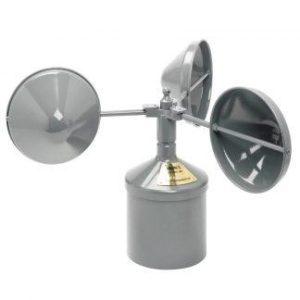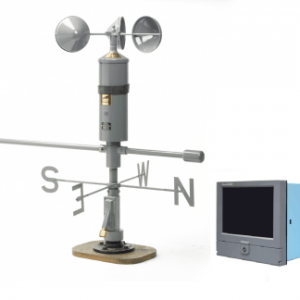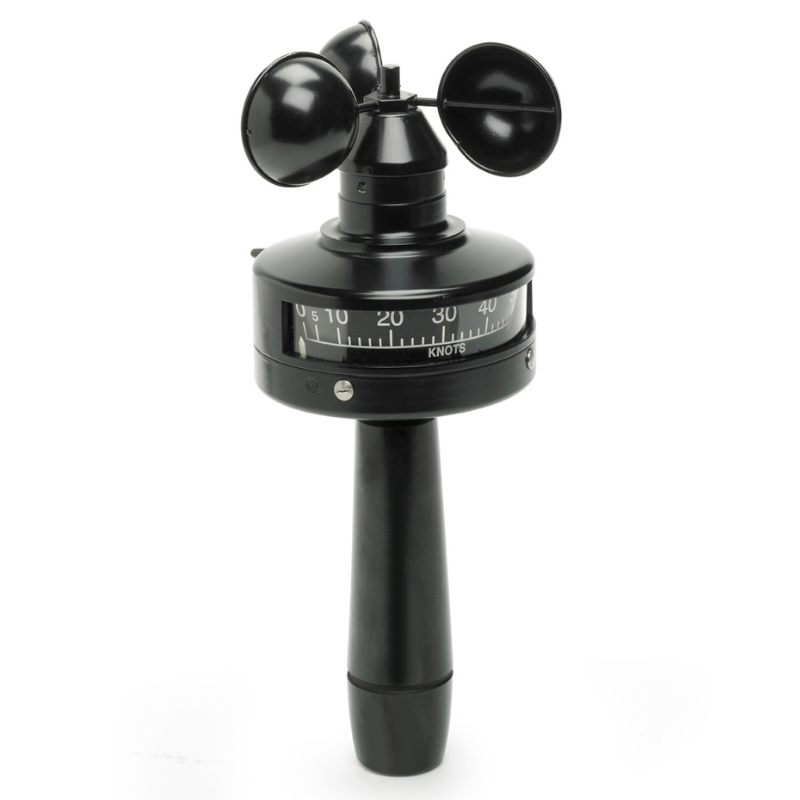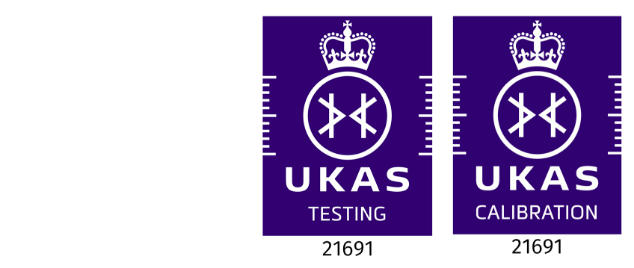Weather stations serve as vital tools for gathering meteorological data, including temperature, humidity, wind speed, and precipitation. They provide insights into local weather patterns, facilitating informed decision-making across diverse sectors.
The Importance of Weather Stations
Accurate weather information is crucial for agriculture, enabling farmers to optimize planting schedules and irrigation practices. Furthermore, weather stations aid in disaster preparedness by issuing timely warnings for severe weather events like hurricanes and tornadoes.
Components of a Weather Station
A weather station comprises several key components, including sensors, a data logger, and a transmission system. Sensors measure atmospheric parameters, while the data logger stores collected data for analysis. The transmission system facilitates the dissemination of real-time weather updates.
Choosing the Right Location
Selecting an optimal location is paramount for the efficacy of a weather station. It should be situated away from obstructions that could affect sensor readings, such as buildings or trees, ensuring accurate measurements.
Setting Up a Weather Station
Proper installation is critical for the functionality of a weather station. It involves mounting sensors at appropriate heights and orientations, followed by a meticulous calibration process to ensure data accuracy.

Data Collection and Analysis
Weather stations facilitate real-time data collection, allowing meteorologists to monitor changing weather conditions continuously. Advanced software solutions aid in analyzing vast datasets, identifying trends, and generating forecasts.
Maintenance of a Weather Station
Regular maintenance is essential to uphold the reliability of a weather station. Routine inspections, calibration checks, and thorough cleaning mitigate potential issues and extend the lifespan of equipment.
Benefits of Weather Station Maintenance
Maintaining a weather station ensures the accuracy and reliability of weather data, fostering trust among users and stakeholders. Timely maintenance also minimizes downtime, ensuring uninterrupted service.
MUNRO builds and maintains weather stations
MUNRO builds and maintains weather stations around the world
CONTACT US







